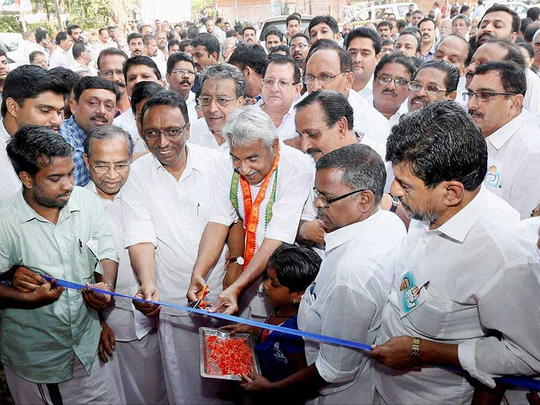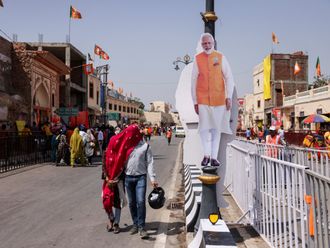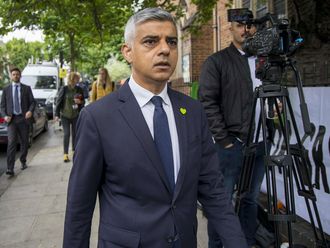
Thiruvananthapuram: The Opposition Left Democratic Front in Kerala released its election manifesto on Tuesday, with the slogan, ‘We need a Kerala that is secular, non-corrupt and developed’.
The rather voluminous manifesto has as its highlight some 35 major project ideas that the front will materialise if voted to power. Kerala goes to the polls on May 16.
One key promise in the manifesto is to generate 2.5 million jobs in five years if the Left front is voted to power.
LDF convener, Vaikom Viswan who released the manifesto was ambiguous about the liquor policy. While the ruling United Democratic Front has pushed for a policy of prohibition, the LDF has been talking about a policy of liquor regulation rather than a ban on liquor.
Asked whether the LDF would ban liquor bars if it came to power, Viswan responded, taking a potshot at the Oommen Chandy government that permitted six more five-star hotel bars this week.“ Liquor bars have not been closed in Kerala. Only if they are closed is there a relevance to the question whether closed bars will be reopened,” he said.
But the manifesto does talk about steps to reduce alcohol consumption in a phased manner and to run an awareness campaign about the ill-effects of alcohol on the lines of the successful campaign for total literacy that was held in the early 1990s.
The Left front also promises to review the existing contributory pension system, ensure minimum income for farmers, establish a superfast rail corridor and widen the national highways to four-lane width.
It also vows to continue some of the projects that are currently in progress, and bring them to completion, including the Vizhinjam port project, the Kannur International Airport, and the SmartCity project.
The manifesto foresees 1 million jobs being created in the IT and tourism sectors in five years, promoting 1,500 start-ups, doubling the number of doctors and nurses, and a public distribution system that ensures prices are stable over a five-year period.












